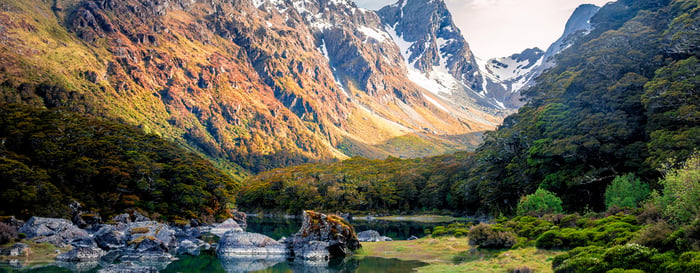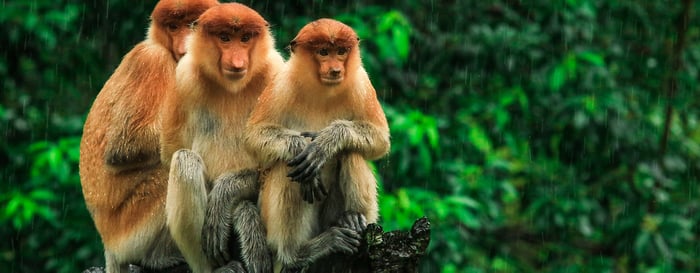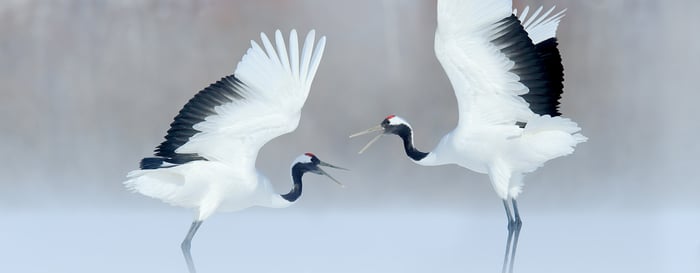The wild country of Mongolia is famous for its nomadic tribes, its breathtaking countryside and Chinggis Khaan… We were there for all three. More than 30 riders had stepped off the plane in Ulaanbaatar to take on the longest and toughest horse race in the world – the Mongol Derby, a 1,000km endurance horse race that recreates Chinggis Khaan’s legendary empire-busting postal system.
Each year since 2009, professional, semi-professional and amateur riders from all over the world have competed each August for the Derby crown. Great horsemanship, determination and a little bit of luck is what gets them across the line.
Ulaanbaatar isn’t the prettiest city. There is a lot of pollution. But once you get out on to the steppe you are blown away with the beauty of the country. I have visited Mongolia every year since 2008. I take guided rides through the countryside and on a previous occasion I have ridden a leg of the race, but on this occasion I was here to photograph the Mongol Derby.

Each year the Mongol Derby route changes. Not only is this to challenge the riders, but the organisers of the race do this so that the locals can take it in turns to be paid to host the riders and lend them their horses.
Horse racing is a fundamental part of Mongolian culture. From the moment Mongolian children are out of nappies they are put on a foal. At the annual Naadam Festival, where they celebrate the national sports of Mongolia, riders from the age of five will take part in races. They will ride out for 15km to 30km (sometimes without a saddle) and ride back as fast as they can. The standard of horsemanship in Mongolia, is very different to anything we’ve seen in the West.
The local herdsman would help the race organisers set up 25 horse stations along the route. And at each station there would be around 50 horses for the riders to choose from.
The night before the race, the mood was of nervous excitement for out of the 34 riders who started the gruelling journey, only 21 were expected to finish. While the young acrobats and musicians wowed the crowds before they set off on their journey, it was clear the riders were all thinking about the job that lay ahead of them.

For not only do they have to ride 1,000km across Mongolian countryside, they have to deal with semi-wild horses, extreme temperatures and falling ill. Plus as many riders will choose to do the route on their own, they could face the fact that they might be in the middle of nowhere when their horse would get loose and they would end up walking 20km by themselves. And then there’s always the fact that you could be thrown, but if you ride horses you’re going to fall. That was part of my job. I fell off enough. There will be falls. There will be injuries. That’s part of it.
The riders also need to be careful with the pace they are going at. If they go too quickly their horse is going to get tired and they won’t get through their leg as quick as they should.
The riders received classroom training on the day they were in Ulaabaatar, then they spent another two days training on the steppe. The race started on the fourth day they were in Mongolia. They would race over the next seven to 10 days, over desert, across mountains and through steep alpine valleys.
For the next 10 days I was racing along the course with my driver and translator in a Jeep. I would be driving backward and forward trying to capture the action and would be sending the images back by satellite to the head office in Bristol. A lot of the shots were impromptu, but if I found some amazing scenery that I thought would make a great backdrop, I would wait there until some of the riders came through. One such backdrop was the dunes. They start high in the west of Mongolia, and stretch 380km – they are breathtaking.

Riders needed to take care of themselves on the race. They need to keep hydrating themselves and keep eating and taking on the calories. Some of the best riders haven’t done this in the past, which is why they will suffer. They have the chance to refuel as the horse stations, where the locals are ready to serve them steaming bowls of lamb stew. At one of the horse stations by a lake they served some great fish as well.
The vets would also be there to check on the horses. As soon as the rider returned the horse to the station the vet would check that the horse had been returned in good shape. The horse’s heart rate has to return to normal within 20 or 30 minutes, as the team absolutely won’t abide bad riding.
Once the horse has been given the okay, the rider is allowed to choose another horse from the station for the next leg. Riders will look for horses that have been ridden. You do this by looking at the horse’s hooves and shape. And the riders will also look at the horse’s eyes and head to judge the horse’s character. Although you can’t always be sure you’ve picked the right one for you. Sometimes a rider will go out on a horse for a couple of kilometres and come back and change it. They will often say this one is not for me and take another.

People can do a 160 mile endurance race in a day. Some are great rides that will go straight as a die. And the riders will get through the 35 to 40km stretch. Others horses will be a complete nightmare and you’ll end up leading them for most of it. It’s very different to other races you’ll experience on horseback.
At the end of each day riders will stay in a ger [yurt]. I stayed in the gers or tents every night. They have extra gers for the riders, which are the ones I stayed in. They are warm, have a mattress… they are just what you need. Some riders slept with families. There would be six family members in each ger and a couple of riders. They host us fantastically well and really welcoming. Their hospitality is second to none.
Riders would navigate the vast plains with the help of GPS. They try to discourage them from crossing rivers by setting a 3km corridor outside of which they will receive a penalty.
When it gets towards the end of the race some of the riders are in great spirits, some lesser, some very tired and some haven’t been well. It does sometimes surprise you. You think that certain professional riders will handle it no problem and they struggle. Lara Prior-Palmer who scooped the title for that year definitely deserved to win. She had one or two heavy falls, but when something happened she just got up, dealt with what happened and got on with it.
Certainly when you embark on it you’re letting yourself in for one of the hardest things you’ve ever done in your life, but any rider who crossed the finish line that day will agree it’s also one of the best things.
To see more of Richard Dunwoody’s work visit richarddunwoodyphotography.com
Classic New Zealand
Auckland & Waiheke Island Lake Taupo & Rotorua Nelson & Marlborough Canterbury & Christchurch Queenstown, Milford Sound & Southern Lakes
- Marvel at the colourful geothermal landscape of Rotorua
- Explore Abel Tasman National Park on a private boat cruise
- Cruise Lake Tasman and take a guided walk on Tasman Glacier
- Enjoy a scenic flight and cruise on Milford Sound
- Soar over Queenstown on an exhilarating hot air balloon flight
Wildlife In Borneo
-
Explore natural trails and track wild Orangutans in their natural habitat and witness them being fed at the world’s largest Orangutan Rehabilitation Centre
-
Enjoy a river cruise looking for proboscis monkeys, gibbons, macaques, and the Borneo Pgymy Elephant
-
Go on a canopy walk above a 130-million-year-old rainforest
-
Swim in the Danum Valley's rivers
-
Jungle walks, bird watching and relaxation at Shangri-La Rasa Ria
- Experience an early morning or evening safari drive through the rainforest
Winter in Hokkaido
-
Enjoy a sightseeing tour from an Ice Breaker
-
Go on a Drift Ice Walking tour
-
Cruise around the coast of Shiretoko spotting birds and animals
-
Trek the walking trails around Akan National Park, Japan
-
Go dog sledding through the wintery landscape








